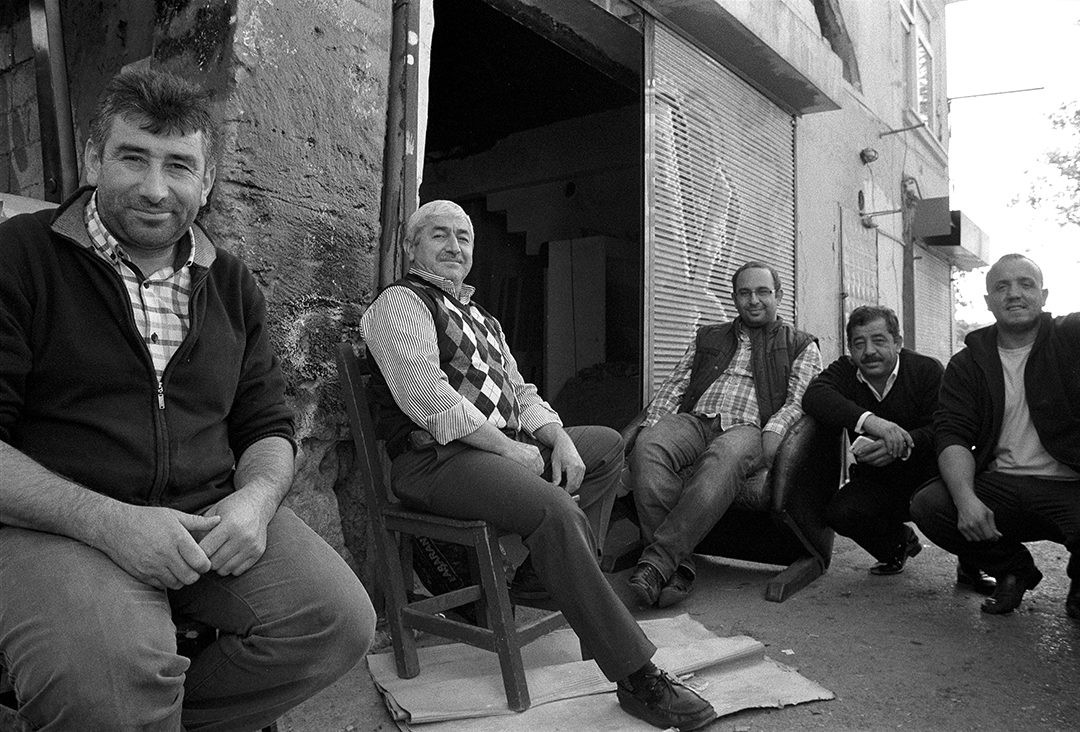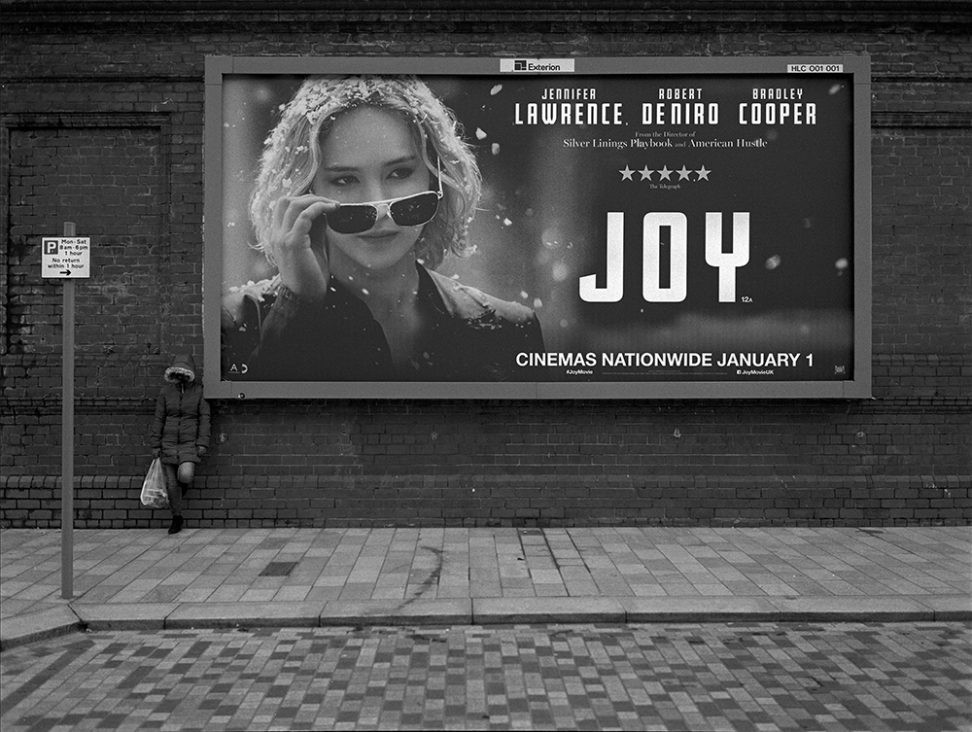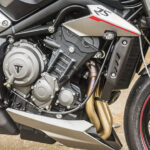Street photography, at its heart, is about capturing life as it unfolds in public spaces. It’s about observing, anticipating, and reacting to fleeting moments that reveal something about the human condition or the character of a place. As someone deeply passionate about this art form, having spent years honing my skills and now teaching others, I’ve come to appreciate the diverse range of “Street Photography Shot Types” that can tell compelling stories. Understanding these types is key to developing your own unique vision and capturing impactful images in the urban landscape.
The Decisive Moment: Capturing Fleeting Stories
One of the fundamental approaches in street photography is to capture what I call “storytelling shots.” This involves encapsulating a narrative within a single frame, observing life as it happens and being ready to seize the opportune moment. Preparation is paramount for this type of shot. Setting your camera beforehand – choosing your aperture and shutter speed, perhaps using zone focusing – allows you to react instantly. Once your camera is ready, it’s all about keen observation. You need to be attuned to your surroundings, noticing everything and everyone moving within your frame.
Humans are creatures of habit, and this predictability can be your greatest asset in street photography. By observing patterns and anticipating actions, you can position yourself to capture those decisive moments just as they unfold. It demands quick thinking and even quicker reflexes – that “decisive moment” that the legendary Henri Cartier-Bresson so eloquently described.
 A black and white street photograph in Istanbul, showcasing a man walking through a bustling street scene, capturing a sense of motion and urban life.
A black and white street photograph in Istanbul, showcasing a man walking through a bustling street scene, capturing a sense of motion and urban life.
Street Portraits: Connecting with Humanity
Beyond capturing candid scenes, I am deeply drawn to street portraits. For me, engaging with people is as much a part of street photography as the photography itself. There’s a unique beauty in stopping and connecting with a stranger, capturing their essence in their natural environment. People, in all their diversity, are endlessly fascinating, and street portraits offer a direct way to explore this fascination.
The magic of a street portrait lies in capturing the subject’s true character in an unstaged setting, without artificial lighting. It’s about genuine connection. I employ various observational techniques to gauge whether someone is open to being photographed. Once I approach, the goal is to quickly build rapport, making them feel comfortable and seen. In those brief moments of interaction, there’s a shared experience, a fleeting connection that is unique and unrepeatable. The key to a successful street portrait is knowing what you want to achieve before you even approach your subject. Understanding body language is crucial in navigating these interactions and creating meaningful portraits.
 A street photography shot taken on Ilford Delta 400 film, depicting a photographer in action, capturing a portrait in an urban environment, emphasizing the process of street portraiture.
A street photography shot taken on Ilford Delta 400 film, depicting a photographer in action, capturing a portrait in an urban environment, emphasizing the process of street portraiture.
 A close-up street portrait in black and white, focusing on the expressive face of a man, revealing character and emotion in a candid street setting.
A close-up street portrait in black and white, focusing on the expressive face of a man, revealing character and emotion in a candid street setting.
Environmental Portraits: Context is Key
Expanding on street portraits, environmental portraits add another layer of depth by emphasizing the subject’s surroundings. In this shot type, the environment is not just a backdrop but an integral part of the story. It provides context, revealing more about the subject’s life, work, or place within the urban fabric. By carefully composing the shot to include meaningful elements of the environment, you can create a richer and more narrative portrait.
Candid Street Scenes: Observing Unposed Life
Candid street scenes are the bread and butter of street photography. These shots capture everyday life as it unfolds naturally, without any direction or posing from the photographer. The aim is to be a silent observer, documenting the rhythms and nuances of urban life. These shots can range from bustling market scenes to quiet moments of reflection, capturing the diverse tapestry of human experience in public spaces.
Abstract Street Photography: Finding Beauty in Forms
Street photography isn’t limited to just capturing people. Abstract street photography focuses on shapes, lines, patterns, and textures found in the urban environment. It’s about seeing beyond the literal and finding beauty in the details of the city – the way light and shadow play on buildings, the geometric patterns of architecture, or the textures of street surfaces. This shot type encourages a more artistic and interpretive approach to street photography.
My Street Photography Kit: Keeping it Simple and Focused
When it comes to gear for street photography, I believe in simplicity and focus. My lens of choice is a 35mm. It’s versatile; wide enough to capture the scene and tell a story, yet when you get in close, it can also be used for compelling portraits without distortion. The key is always to get close to your subject. Proximity fosters engagement and allows you to truly feel the energy of the scene.
For me, film is the perfect medium for street photography. It’s a deeply immersive process. Before pressing the shutter, I visualize the final print, working backward through the development and printing process in my mind – all in a split second. Shooting film slows you down, encourages thoughtful composition, and provides a connection to the subject matter that I find unparalleled in digital photography. For me, film and street photography are a perfect match. The streets are endlessly inspiring. There’s always a new face to encounter, a new story to discover, and a great photograph waiting around every corner, if you know how to see it.
 A black and white street photograph shot on Ilford DELTA 400 film, showcasing a street scene with a focus on a film camera being used in the urban environment, highlighting the photographer's preferred medium.
A black and white street photograph shot on Ilford DELTA 400 film, showcasing a street scene with a focus on a film camera being used in the urban environment, highlighting the photographer's preferred medium.
Many of the images you see here were captured using ILFORD DELTA 400 PROFESSIONAL film, a testament to its quality and suitability for street photography.

